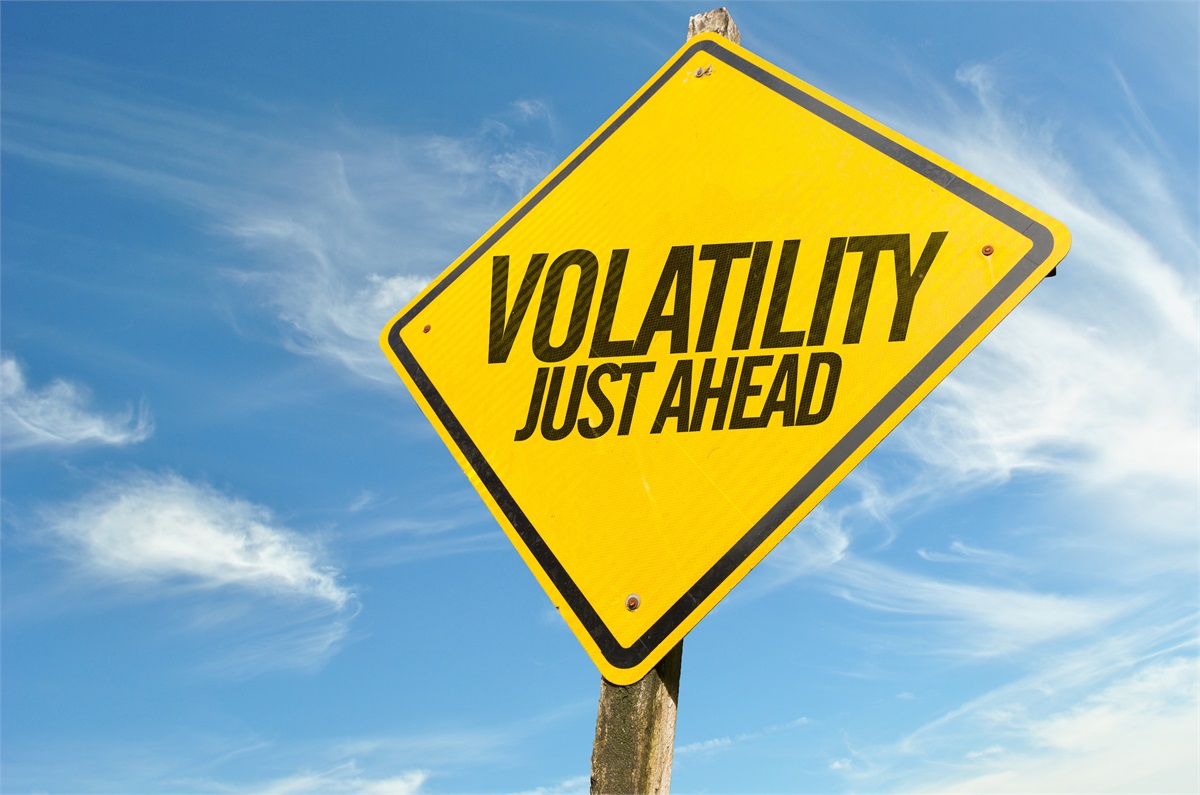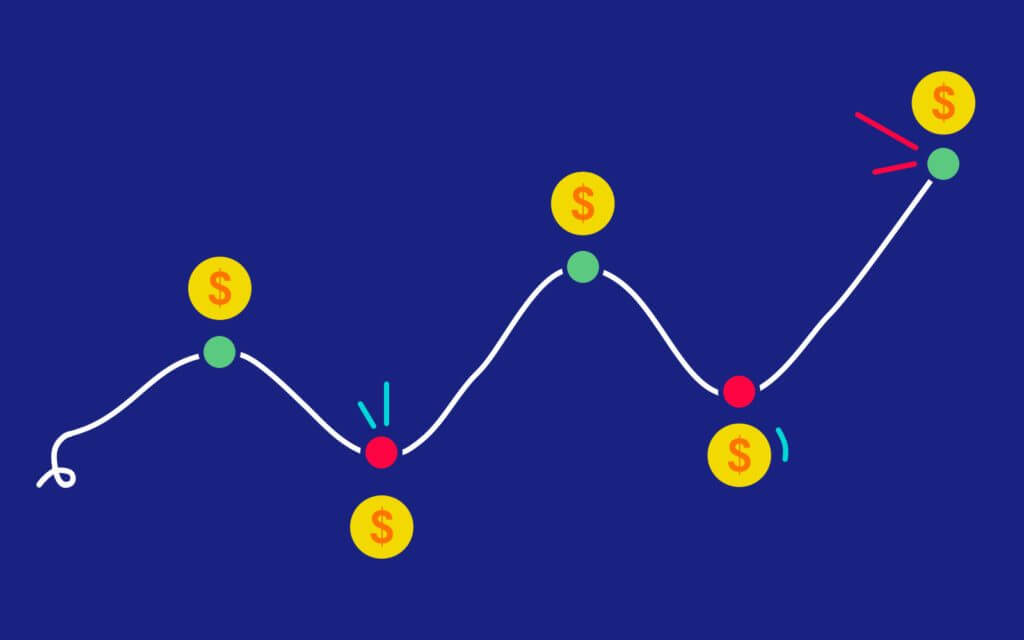“The secret of change is to focus all of your energy, not on fighting the old, but on building the new.” – Socrates
The war in Europe feels like footsteps not quite reaching the pavement. The March 1st Financial Times headlined “Nike Suspends Online Purchases in Russia” and “Carmaker Ford Suspends Operations in Russia”. The same day’s Wall Street Journal joined in with “The West’s Sanctions Barrage Severs Russia’s Economy from Much of the West”. Interestingly though, the sanctions – at least those imposed to date – appear to be focused primarily upon the financial rather than economic part of Russia’s relationship with those seeking to punish it. The United States now imports more oil from Russia than any other country and that country, with its adversary Ukraine, accounts for 29% of global wheat exports. The loss of life and destruction in Ukraine is both real and tragic but with Russia’s relatively unimpeded access to the global marketplace and the United States and its European allies disclaiming the possibility of intervening directly, the conflict seems likely to remain localized and so its impact upon the US economy may be significantly less than markets are currently discounting, creating the possibility of a positive surprise.
Yahoo Finance was left to wonder in a story on March 2nd that “All in all, the stock market is hanging tough in what has been a turbulent two weeks for humanity.” There certainly is volatility aplenty in virtually all financial markets with gold’s 6% rise for the month acting as a sort of thermometer for the emotional state of global markets. CNN’s Fear & Greed Index has fallen to 17, a measure representing Extreme Fear and a level not seen since March and April of 2020, the onset of the global pandemic. The 10 Year US Treasury rate, which started out the year at 1.52% and reached a peak yield of 2.05% on February 15th, ended the month at 1.83%. Confounding most investors focusing upon news headlines, US mid cap and small cap stocks actually rose in February and the S&P 500 ended the month higher than its closing level on January 27th.
While much of the world has been focused upon war in Europe and the likelihood of the Fed’s raising interest rates, there is something much larger at work impacting our economy and that may be what will most influence financial markets this year. Since the Global Financial Crisis of 2008 central banks have targeted an inflation rate of 2% which would have allowed them to seek to manage the inflation adjusted rate of interest to below zero, but stubbornly persistent low levels of inflation confounded their attempt to achieve that objective. Now, with inflation levels likely to remain at 4% to 5% levels through the remainder of the year and with 10 Year Treasury Rates at less than 2%, money has rarely been less expensive. With economic demand outstripping supply creating the ability to achieve attractive rates of return through investments in the real economy, it may be time to toss out the old play book because this sure looks like a new world!
Equity markets in February contributed negatively to returns on investor’s portfolios of approximately -2.25% with technology’s -5% return a source of negativity offset by the aforementioned positive returns of small cap and mid cap stocks and Energy’s +6% and +26 ½ % returns year to date. Foreign stocks, which had avoided most of the negative returns of those US markets in January, matched the S&P’s -3% return for the month. Interest rates rose modestly in February resulting in -1% returns for the fixed income portion of portfolios leaving 60/40 portfolios -1.7% for the month and – 5% year to date.
Mark H. Tekamp; March 6, 2022







